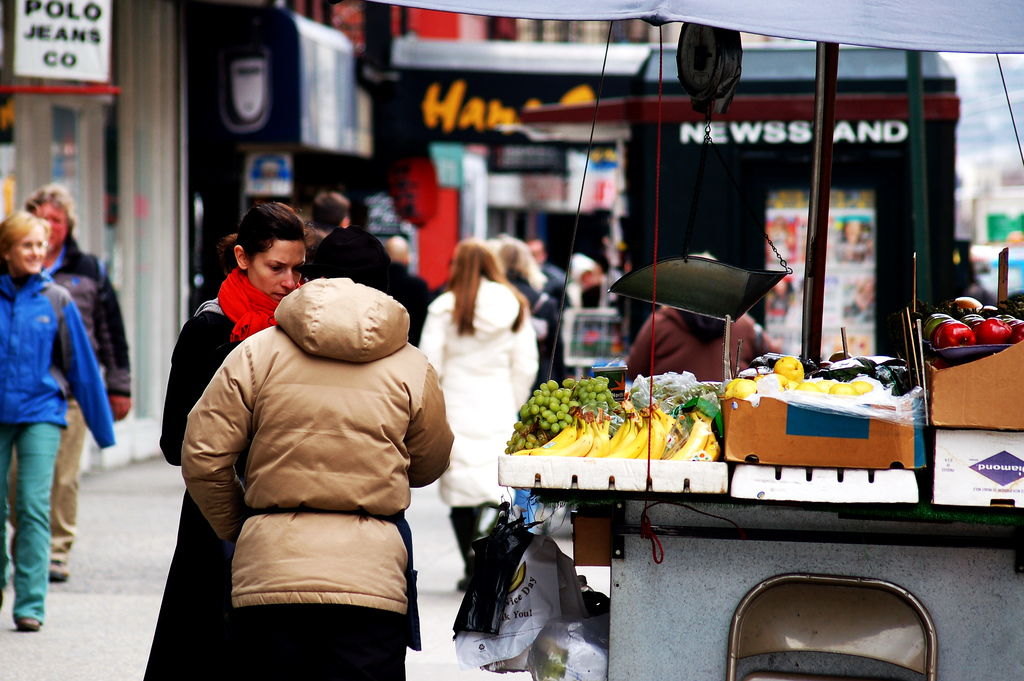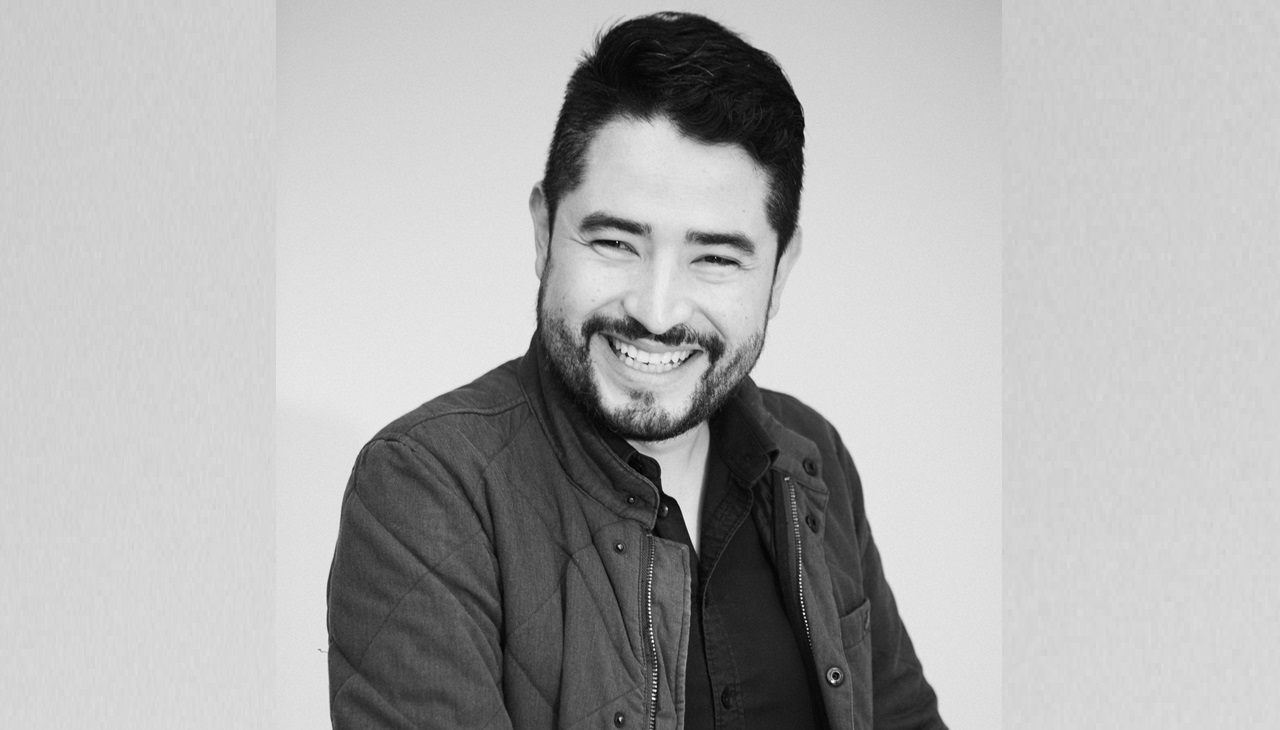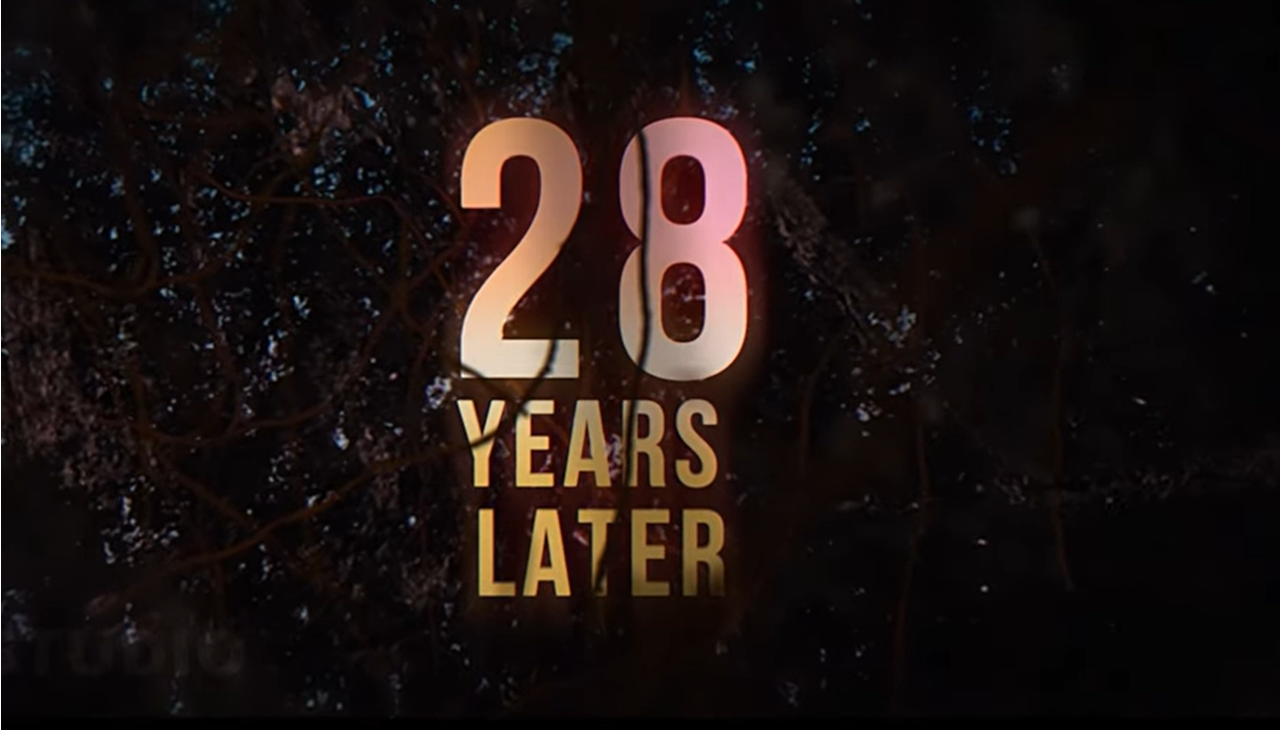
New campaign educates female and minority business owners about predatory lending
“It’s the wild west out there,” says Mark Pinsky, president and CEO of Opportunity Finance Network (OFN). “In the small business space, unlike in the mortgage space, you can have five loans stacked on top of one another.”
Predatory lenders flood the market. The average small business owner can have a sizeable loan decision in just five minutes — but the interest rate could be as high as 125 percent. Not every borrower is able to pay it back, however, so the model accounts for a certain percentage of the unsuccessful loans. Hence the crazy interest.
Through a network of over two hundred community development financial institutions (CDFIs) across the U.S., OFN has learned that this practice continues to disproportionately affect female and minority business owners.
CDFIs are private financial institutions that provide affordable lending to help low-income communities join the economic mainstream. But connecting to their intended audience isn’t always easy.
“Often times folks are struggling to run their businesses. Finding time to get schooled on the financial pieces isn’t a luxury they all have,” said Nancy Santiago Negron, OFN’s chief external affairs officer. “So how can OFN make it easy to understand?”
It’s a challenge. Many small business owners work 60 or 80 hours per week. How can these entrepreneurs learn to identify a predatory lender? Moreover, how can they find fair-practice lenders and CDFIs?
Education.
OFN is partnering with wholesale warehouse Sam’s Club to spread its message, and hopefully take a bite out of the predatory lending marketplace. The two organizations are still working on how to do this effectively. (A social media campaign is in the works.) Sam’s Club has over 600 locations between the U.S. and Puerto Rico, with a global membership of 47 million. But the message has to be location and culture-specific to really reach its intended audience.
“In the Latino community, we know our people are scared to death of credit,” Negron said. “Even student loans, they’re petrified.”
According to a 2014 study, African Americans and Latino borrowers were 30 percent more likely to receive high-rate subprime loans than white borrowers. Across the board, female borrowers are more prone than males.
“Rather than trying to get them off the hook,” Pinsky says, “We want to help them think twice about even biting down on the hook.”
Pinsky adds that the educational component won’t be a simply how-to guide for loan seekers. In addition, OFN wants to provide busy entrepreneurs with practical tools they can use for the long-term good of their businesses.
The initiative will be funded through a $3.6 million grant from Sam’s Club Giving Program’s Small Business Economic Mobility Initiative.










DEJE UN COMENTARIO:
¡Únete a la discusión! Deja un comentario.